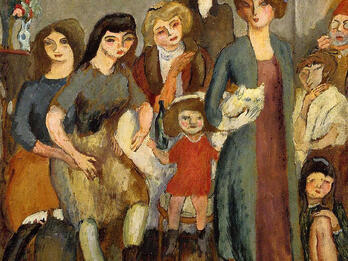Exile
Samuel Hirszenberg
1904
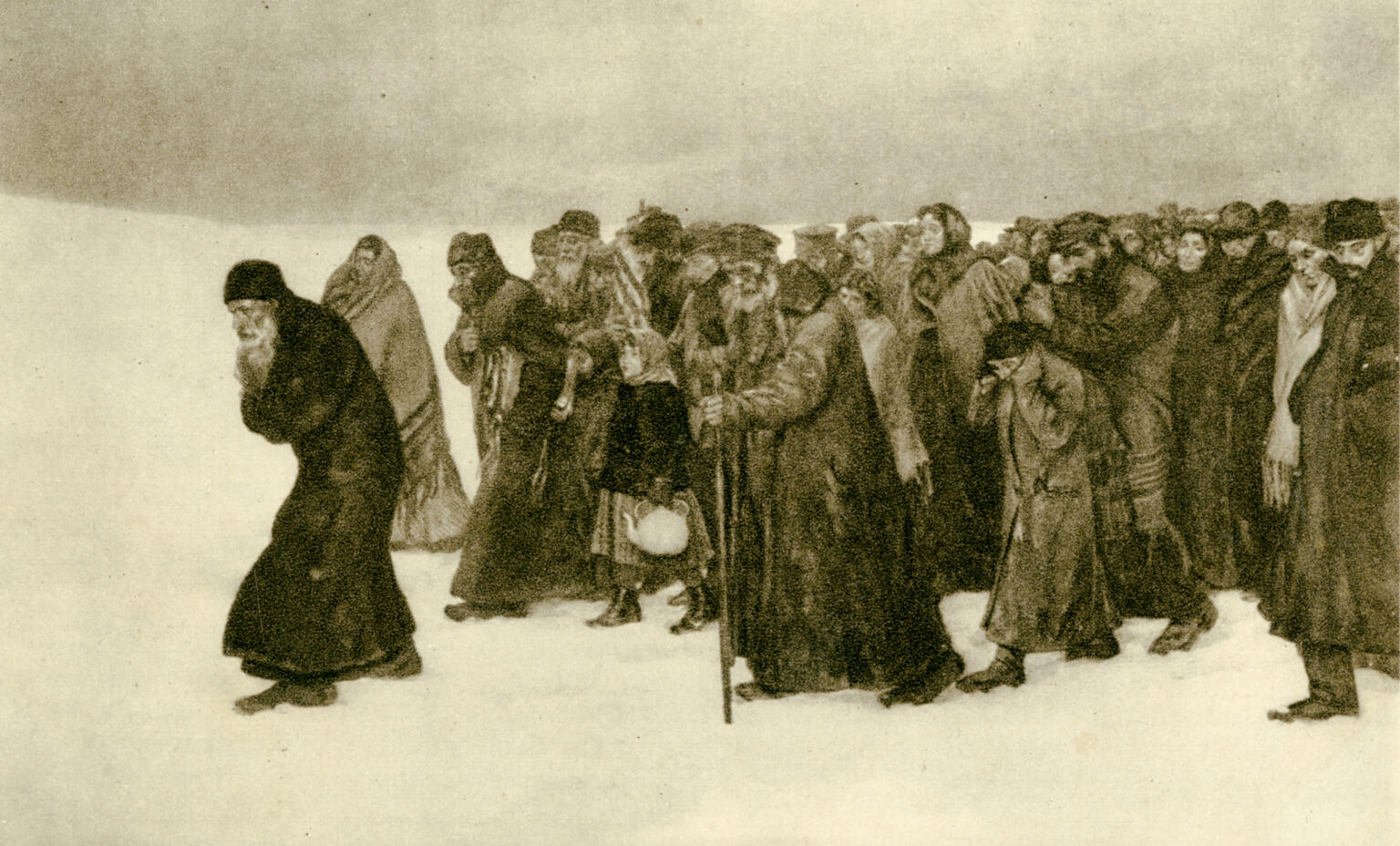
Creator Bio
Samuel Hirszenberg
Born in Łódź to a working-class family, Samuel (Szmul) Hirszenberg overcame the opposition of his religiously stringent father to study art at the Kraków School of Fine Arts, as well as in Munich and Paris. Hirszenberg then made his career in Łódź and, between 1904 and 1907, in Habsburg Polish Kraków, with the third and final stage of his career in Jerusalem. Influenced by the Polish Romantic-national art tradition associated with Jan Matejko’s pathos-ridden paintings about Polish history and drawn with increasing force to Jewish nationalist and Zionist ideals, Hirszenberg produced a series of important works concerned with Jewish national fate and experience, from the expressly symbolist Wandering Jew (1899), to moving genre scenes of East European Jewish life in the age of mass migration and divided families, to historical paintings of Jewish countercultural icons such as Uriel Acosta and Spinoza, to scenes of contemporary East European Jewish mass woe or mourning like Exile (1904) and Black Banner (1905). In 1907, Hirszenberg, by then a committed Zionist, immigrated to Palestine to teach at Boris Schatz’s newly established Bezalel School of Arts and Crafts; before his untimely death a year later, he produced some depictions of the new landscape in bright palettes and Impressionist techniques.
Places:
You may also like
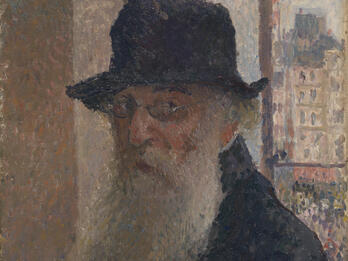
Self-Portrait
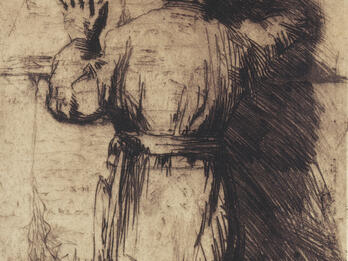
Everyone Who Mourns Jerusalem Reaps Its Joy (at the Wailing Wall)
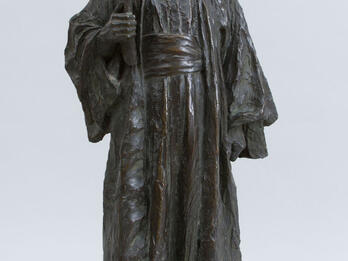
Jewish Scholar
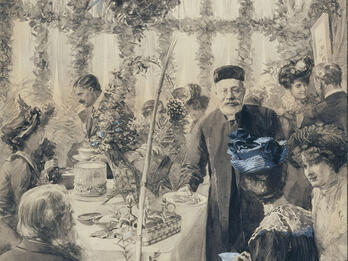
High Tea in the Sukkah
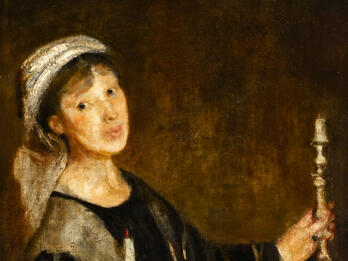
Self-Portrait with Candles
